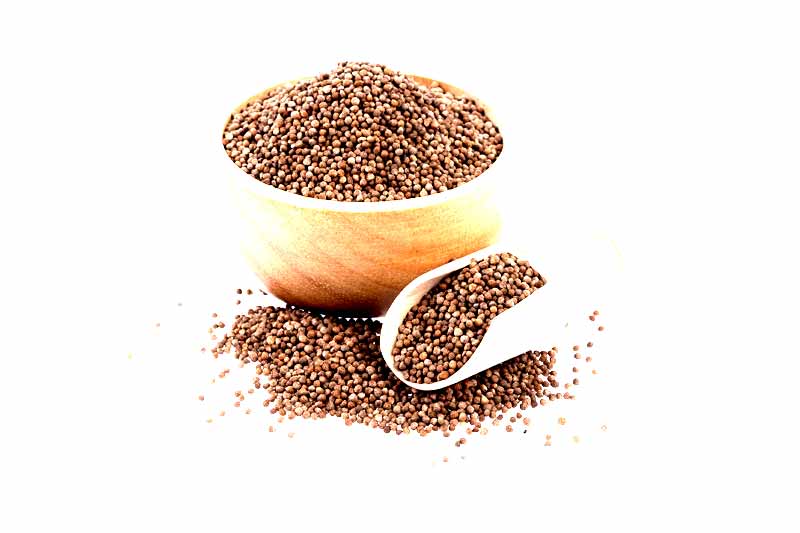Quick Facts
Botanical Name: Perilla frutescens (L.) Britt.
Family Name: Lamiaceae
Common Name: Beefsteak plant, perilla, wild coleus, purple mint,shiso (Japanese), perilla red, perilla white, perilla "o, JiSoo, purple perilla,wild basil, wild red basil, purple mint, Chinese basil, rattlesnake weed and summer coleus
Part used: Seeds
Specific Gravity: 0.930-0.937@ 20°C
Refractive Index: 1.473- 1.479@ 20°C
Optical Rotation: -N/A
Blends Well With: Perilla oil blends well with bergamot, chamomile, fennel, jasmine, lavender and other herbal oils.
Uses
Perilla seed oil contains high levels of inflammation taming essential fatty acids and the oil soothes and calms the skin and helps the skin look plump, hydrated and glowing. It is widely used for skin disorders like eczema and psoriasis. In the US, perilla oil is used to flavour food,candies and sauces and the leaves and seeds have lots of nutrients like proteins, fatty acids and disease fighting antioxidants. The oil can be used to saut vegetables in salad dressing or in low temperature cooking settings. In olden times perilla was used to treat asthma, as an antibacterial agent and to get relief from stomach ache. It relieves muscle spasm and is used to treat coughs. It has the power to treat allergies, cancer, autoimmune diseases and even depression.
Countries where it "s found
Native origins are the mountainous terrains India and China, Korea and Japan.
Harvesting Information
The oil is made from the seeds of the Perilla frutescens which is leafy, bushy herb from the mint family and is also known as wild basil, purple mint, rattlesnake weed and Shiso. It has a strong and minty smells and traditionally grows in the Asian countries. Its minty smell is more towards the smell of cinnamon or licorice. The plant needs to grow in moist well drained and rich soil along with a lot of sun and the plant grows up to four feet tall with serrated leaves which turn purple to red during fall. The seed and the leaves of the plant are edible, either raw or cooked. The leaves of the plant are used as spice, cooked or fried and can be combined and eaten with rice, soups, fish and vegetables.Seedlings are often added to salads and the older leaves as flavourings indifferent dishes. In Asia the flower cluster are used in soups and tofu and the Japanese use it to make pickled plums.
History of the Plant
The perilla plant has a long history of use in traditional Chinese medicine.
 Extraction Process: Cold pressed method
Extraction Process: Cold pressed method
Commonly known Benefits
Perilla oil is used along with synthetic resins in the production of different kinds of varnishes. Perilla oil dries faster than linseed oil and on drying forms a coat that is harder and yellows more than that formed by linseed oil. The paint and varnish industry uses perilla oil to a great extent. Perilla oil also is important in the manufacture of printing inks and linoleum, and in more ancient times was a critical component in creating durable earthen floor. In some parts of Asia, perilla oil is used as edible oil and is valued more for its medicinal benefit than its flavor.
-
nice oil, great customer service
Phillques 12 December, 2015
Write a Review





